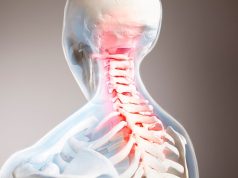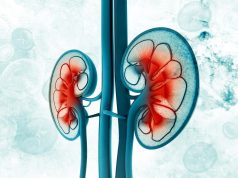Prostate cancer-specific mortality rates 2.4 and 4.7 percent for unfavorable intermediate-risk and high-risk GG1
By Elana Gotkine HealthDay Reporter
WEDNESDAY, Aug. 6, 2025 (HealthDay News) — A proportion of men with grade group 1 (GG1) prostate cancer have a higher-risk disease than suggested by biopsy, according to a study published online July 31 in JAMA Oncology.
Neal A. Patel, M.D., from Weill Cornell Medicine in New York City, and colleagues conducted a population-based cohort study using Surveillance, Epidemiology, and End Results data to assess cancer-specific outcomes in 117,162 men with localized GG1 prostate cancer stratified by National Comprehensive Cancer Network risk groups.
Of the participants, 9, 3, and 4 percent had favorable intermediate-risk, unfavorable intermediate-risk, and high-risk disease, respectively. The researchers found that 60 percent of the men with high-risk GG1 prostate cancer had adverse pathology at prostatectomy. For unfavorable intermediate-risk GG1 and for high-risk GG1, the prostate cancer-specific mortality rates were 2.4 and 4.7 percent, respectively, which were comparable to the prostate cancer-specific mortality rates of 2.1 and 4.0 percent for favorable intermediate-risk GG2 and unfavorable intermediate-risk greater than or equal to GG2. Compared with low-risk GG1, favorable intermediate-risk GG1, unfavorable intermediate-risk GG1, and high-risk GG1 were associated with an increased risk for prostate cancer-specific mortality (adjusted hazard ratios, 1.60, 2.10, and 3.58, respectively).
“We need to find a better way to inform patients about their prognosis when they have GG1 prostate cancer with adverse clinical features,” co-senior author Bashir Al Hussein, also from Weill Cornell Medicine, said in a statement. “As physicians, the responsibility falls on us to educate patients and provide them with the information they need to understand their diagnosis and decide on the best approach for treatment, while continuing to advocate for active surveillance for those who are indeed low risk.”
One author disclosed ties to the biopharmaceutical industry.
Copyright © 2025 HealthDay. All rights reserved.








